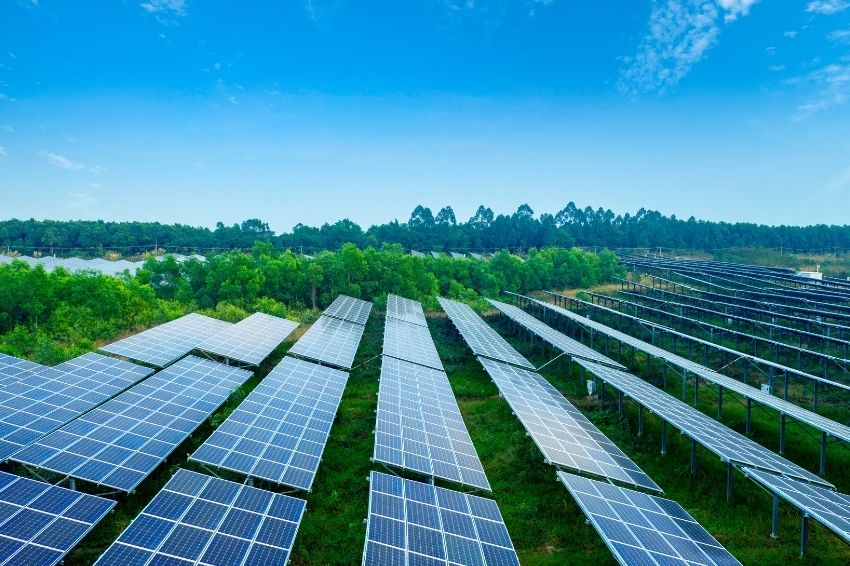This Sunday (28), Brazil reached the historic mark of 8 GW of operational power from solar sources – around 5 GW of DG (distributed generation) and 3 GW of GC (centralized generation). This is what ABSOLAR (Brazilian Photovoltaic Solar Energy Association) pointed out.
According to the association, these are large plants and small and medium-sized systems installed on roofs, facades and land, generating renewable and competitive energy for Brazilians.
“While on the one hand we must celebrate the 8 GW milestone, as this represents more than 240 thousand jobs created and investments in the order of R$ 40 billion, on the other hand we have to be aware that we are behind,” he highlighted Ronaldo Koloszuk, president of the Board of ABSOLAR.
“Brazil is only in 16th place in the ranking of photovoltaic energy in the world, in other words, this means that we are 15 years behind. In all other clean and renewable sources the country is in the top 10”, said Koloszuk.
According to the expert, the country needs to look differently and increasingly encourage photovoltaic technology, even more so at a time like this, where the water system is pressured by the lack of water, which causes increases in electricity bills due to the yellow and red flags.
“Today, in Brazil, solar is the cheapest source of all, both in large projects and in distributed generation. Anywhere in the country it is more economical to generate electricity from the sun than to buy from local distributors”, he highlighted.
“So, if the government and ANEEL (National Electric Energy Agency) let photovoltaics grow, the private sector will certainly invest substantially in Brazil, so that there is no shortage of electricity and that this energy is clean and sustainable”, concluded the executive .
Distributed generation
In the distributed generation segment, there are 4.9 GW of solar source power, which represents more than R$ 24 billion in accumulated investments since 2012.
According to ABSOLAR, in terms of the number of systems installed, residential consumers are at the top of the list, representing 73.6% of the total. Next come companies in the commerce and services sectors (16.6%), rural consumers (7.0%), industries (2.4%), public authorities (0.4%) and other types, such as public services (0.03% ) and public lighting (0.01%).
In total, Brazil has more than 409 thousand solar photovoltaic systems connected to the grid, bringing savings and sustainability to more than 511 thousand consumer units.
Centralized generation
In the centralized generation segment, the country has 3.1 GW of installed power in photovoltaic plants, equivalent to 1.7% of Brazil's electrical matrix. In 2019, the source was the most competitive among renewable sources in the two New Energy Auctions, A-4 and A-6, with average prices below US$ 21.00/MWh.
Currently, large solar plants are the seventh largest source of generation in the country, with projects in operation in nine Brazilian states, in the Northeast (Bahia, Ceará, Paraíba, Pernambuco, Piauí and Rio Grande do Norte), Southeast (Minas Gerais and São Paulo) and Central-West (Tocantins). The accumulated contributions from this sector exceed R$ 16 billion.
GD and GC
When adding the installed capacities of the DG and GC segments, photovoltaic energy occupies sixth place in the Brazilian electrical matrix, behind hydroelectric, wind, biomass, natural gas thermoelectric and diesel thermoelectric sources and other fossil fuels. The solar source already represents more than the sum of the entire installed capacity of coal-fired thermoelectric plants and nuclear plants, which totals 5.6 GW.
















